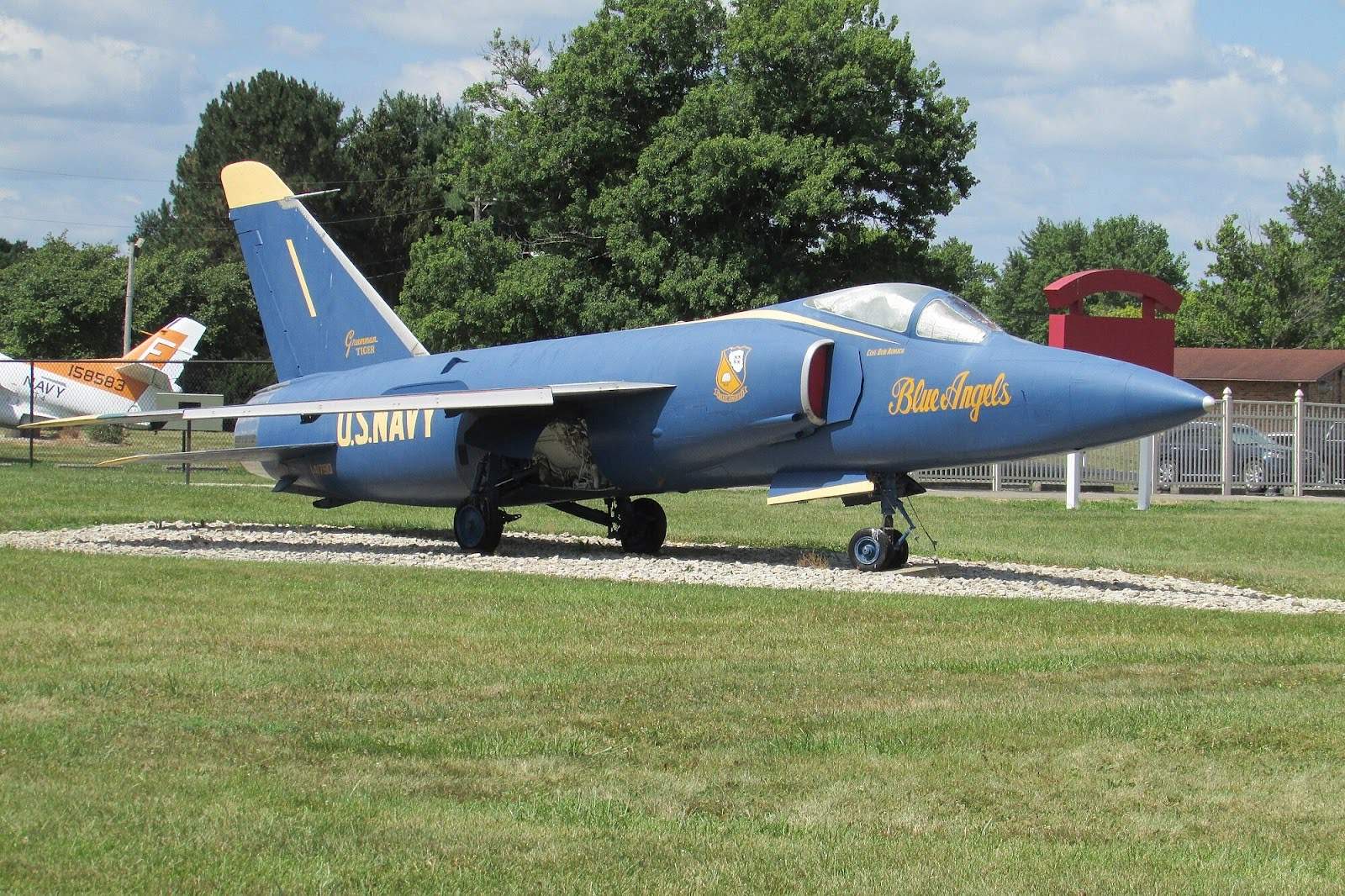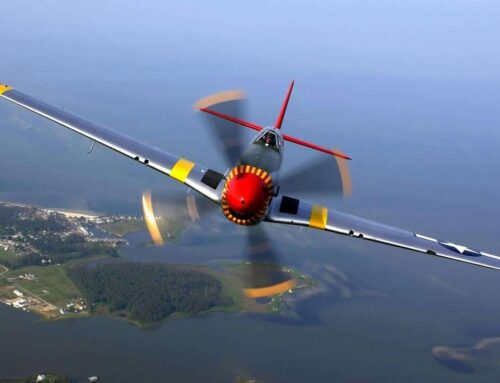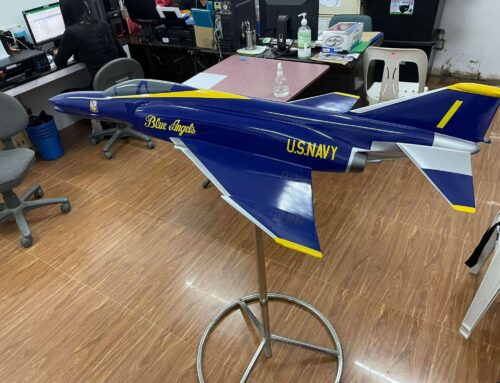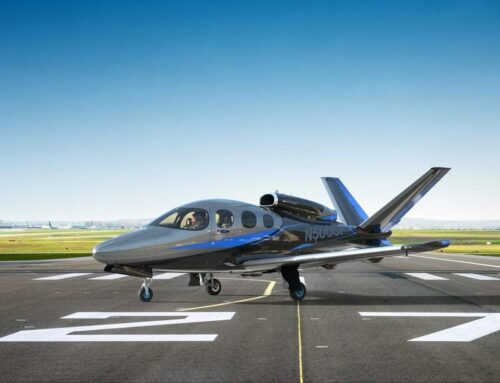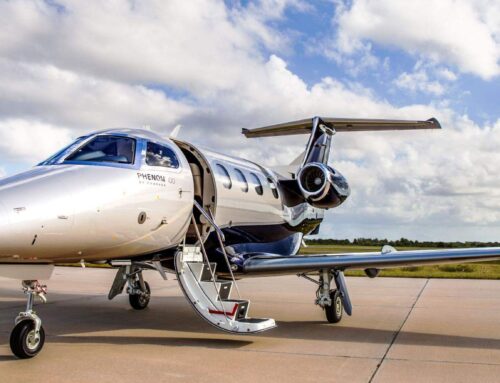The Grumman F-11 Tiger was a supersonic fighter aircraft developed for the United States Navy in the late 1950s. Recognized for its speed, agility, and advanced avionics, the F-11 Tiger represented a significant leap forward in jet fighter technology during the Cold War era. This article will explore the history, specifications, features, and the lasting impact of the F-11 Tiger on naval aviation.
History
Designed to replace the successful F9F Panther, the F-11 Tiger first flew on July 30, 1954, and entered service with the U.S. Navy in 1956. It was notable for being Grumman’s first aircraft to feature afterburners, which significantly enhanced its speed and maneuverability in both subsonic and supersonic flight regimes. The F-11 Tiger was developed during a period of rapid advancements in jet technology, as the United States sought to maintain air superiority during the Cold War.
The Tiger was primarily deployed as a carrier-based fighter and reconnaissance aircraft. Its development marked a significant advancement in naval aviation, as it introduced several new technologies and design principles that would influence future jet fighters. Despite its relatively short service life, the F-11 Tiger’s contributions to jet fighter performance and technology were profound.
Development and Innovation
The development of the F-11 Tiger began with a focus on improving the capabilities of naval jet fighters. The U.S. Navy required an aircraft that could achieve higher speeds and better maneuverability than its predecessors. Grumman responded with the F11F-1, which incorporated several innovative features to meet these requirements.
One of the key innovations of the F-11 Tiger was its use of afterburners. The Pratt & Whitney J57-P-4A turbojet engine with afterburner provided the necessary thrust to achieve supersonic speeds. This technology allowed the Tiger to reach speeds of up to 1,100 mph (1,770 km/h), making it one of the fastest aircraft of its time. The afterburner also improved the aircraft’s acceleration and climb rate, enhancing its overall performance in combat situations.
Another significant feature of the F-11 Tiger was its advanced avionics. The aircraft was equipped with a sophisticated radar system and fire-control system, allowing it to engage both air and ground targets with precision. These systems represented a significant leap forward in avionics technology, providing the Tiger with enhanced situational awareness and targeting capabilities.
Specs & Features
The Grumman F-11 Tiger was equipped with several notable features:
Engine: One Pratt & Whitney J57-P-4A turbojet engine with afterburner, providing 10,200 pounds of thrust.
Top Speed: Approximately 1,100 mph (1,770 km/h), making it a supersonic fighter.
Range: Around 1,300 miles (2,100 km), allowing for extended missions over both land and sea.
Armament: Four 20mm Colt Mk 12 cannons, AIM-9 Sidewinder missiles, and various bomb configurations.
Crew: Single pilot, with a cockpit designed for excellent visibility and advanced avionics.
The Tiger’s sleek design and powerful engine allowed it to achieve impressive speeds and perform tight maneuvers, essential for combat operations in both air superiority and ground attack roles. Its advanced avionics and weapon systems provided it with the capabilities needed to engage a wide range of targets effectively.
Operations
The F-11 Tiger saw operational service with the U.S. Navy in the late 1950s to the early 1960s. It was deployed primarily as a carrier-based fighter, tasked with defending naval assets and engaging enemy aircraft. The Tiger’s supersonic speed and advanced avionics made it well-suited for these roles, and it quickly became a key component of the Navy’s air power.
One of the most notable aspects of the F-11 Tiger’s operational history was its use by the Blue Angels, the Navy’s flight demonstration squadron. The Tiger served as the Blue Angels’ primary aircraft from 1957 to 1969, showcasing its impressive performance and agility in aerial demonstrations. The aircraft’s sleek design and powerful engine made it a favorite among pilots and spectators alike.
Despite its advanced capabilities, the F-11 Tiger faced challenges in operational service. The introduction of more advanced fighters, such as the McDonnell Douglas F-4 Phantom II, led to the Tiger’s gradual phase-out from frontline service by the early 1970s. However, the Tiger’s contributions to naval aviation and its influence on subsequent aircraft designs were significant.
Technological Impact
The Grumman F-11 Tiger represented a technological milestone in naval aviation, pushing the boundaries of speed and agility in jet fighter design. Its introduction of afterburner technology and advanced avionics set a new standard for future aircraft, ensuring its place in history as a pivotal aircraft of the Cold War era.
The Tiger’s use of afterburners demonstrated the potential for achieving supersonic speeds in naval aircraft, influencing the development of subsequent fighters. The advanced avionics systems on the Tiger provided a foundation for future advancements in radar and fire-control technology, enhancing the capabilities of later jet fighters.
Additionally, the F-11 Tiger’s design principles, such as its sleek aerodynamics and powerful engine, influenced the development of subsequent naval aircraft. The lessons learned from the Tiger’s operational service and technological innovations helped shape the future of naval aviation, contributing to the development of more advanced and capable jet fighters.
Frequently Asked Questions
Q: What advancements did the F-11 Tiger introduce to jet fighter technology?
A: The F-11 Tiger was notable for being one of the first fighters to incorporate afterburners, significantly enhancing its speed and maneuverability capabilities. It also featured advanced avionics, including a sophisticated radar and fire-control system.
Q: How did the F-11 Tiger perform in combat situations?
A: While primarily a reconnaissance and interceptor aircraft, the F-11 Tiger demonstrated its combat prowess during various Cold War-era exercises and deployments. Its speed, agility, and advanced avionics made it a formidable opponent in aerial engagements.
Q: What led to the retirement of the F-11 Tiger from active service?
A: The introduction of more advanced fighters, such as the F-4 Phantom II, and changing strategic requirements led to the gradual phase-out of the F-11 Tiger from frontline service by the early 1970s. However, its technological contributions and influence on future aircraft designs were significant.
Conclusion
The Grumman F-11 Tiger represented a technological milestone in naval aviation, pushing the boundaries of speed and agility in jet fighter design. Its introduction of afterburner technology and advanced avionics set a new standard for future aircraft, ensuring its place in history as a pivotal aircraft of the Cold War era.
The Tiger’s combination of sleek design, powerful engine, and advanced avionics made it a standout aircraft in its time. Its contributions to the development of supersonic jet fighters and its influence on subsequent aircraft designs highlight its enduring legacy. The lessons learned from the F-11 Tiger’s development and operational service continue to shape the future of naval aviation, demonstrating the importance of innovation and technological advancement in military aircraft.
